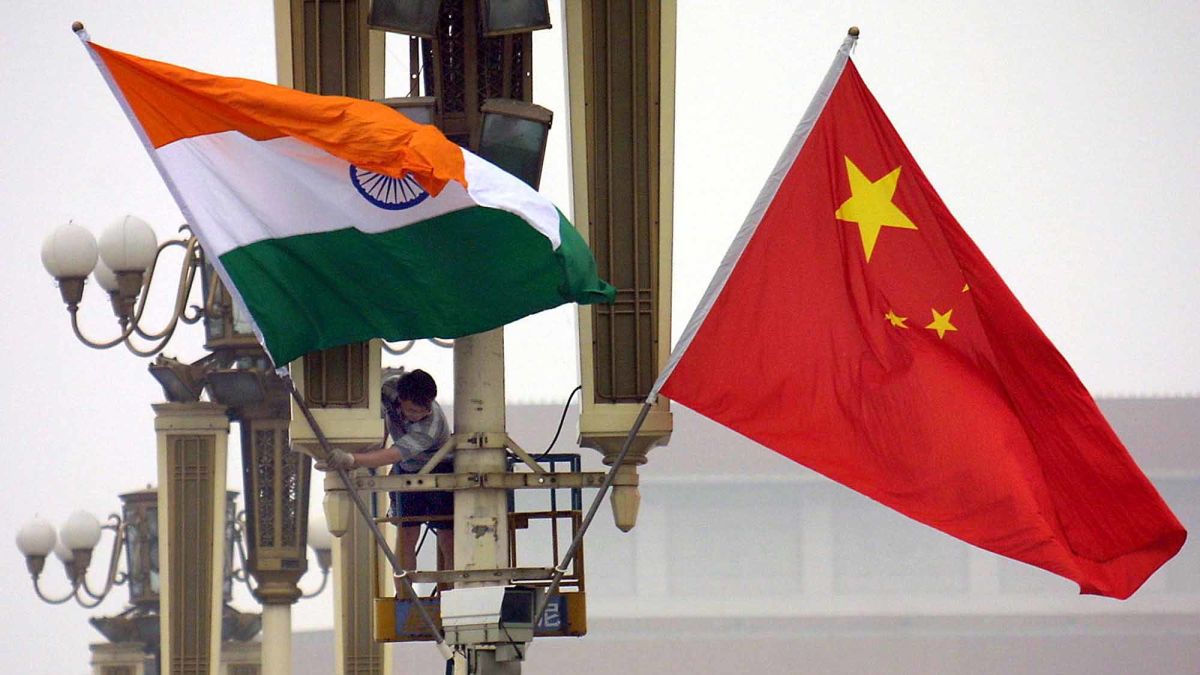Pressure Grows on India’s Modi After Deadly Skirmish With China Over Himalayan Border
After around two-dozen soldiers died in a bloody skirmish Monday night between Chinese and Indian forces on the Himalayan border, both sides are attempting to deescalate the situation even as some in India call for a more forceful response.
Pressure is growing on Indian Prime Minister Narendra Modi to respond to the incident, in which at least 20 Indian soldiers died and many more were injured, according to a statement from the army. China also suffered casualties, the Indian army said, though neither side has released any figures.
Writing on Twitter Wednesday, Rahul Gandhi, a senior leader within India’s main opposition Congress Party, asked “Why is the Prime Minister silent? Why is he hiding?”
“Enough is enough. We need to know what has happened,” Gandhi said. “How dare China kill our soldiers? How dare they take our land?”
The incident is only the latest crisis for Modi, who is already facing intense criticism over his government’s handling of the coronavirus pandemic, which has infected more than 354,000 people across the country, and killed nearly 12,000, according to Johns Hopkins University. Multiple Indian states have extended their lockdowns as they struggle to contain the outbreak.
“The timing is just terrible all around,” said Alyssa Ayres, senior fellow for India, Pakistan, and South Asia at the Council on Foreign Relations. “India is grappling with an economic crisis that began prior to but has been dramatically worsened by the coronavirus lockdown, and is still seeing a slow case increase so must face the public health implications, and now has live border problems with three countries: Pakistan, China, and Nepal.”
Deadly brawl
The incident occurred during a “deescalation process” underway in the Galwan Valley in the disputed Aksai Chin-Ladakh area, where a large troop build-up has reportedly been taking place for weeks now on both sides of the border, before senior military commanders began talks earlier this month.
The Indian army had earlier said three soldiers had died, but added late Tuesday that a further 17 troops “who were critically injured in the line of duty at the standoff location and exposed to sub-zero temperatures in the high altitude terrain have succumbed to their injuries.”
The deaths are the first military casualties along the two countries’ disputed border for more than 40 years.
At a regular news conference Tuesday, Chinese Foreign Ministry spokesman Zhao Lijian said that on Monday, “Indian troops seriously violated our consensus and twice crossed the border line for illegal activities and provoked and attacked Chinese personnel which lead to serious physical conflict between the two sides.”
China’s People’s Liberation Army (PLA) released a statement Tuesday night calling on the Indian army to immediately stop what it described as “provocative actions” and to “resolve the issue through the correct track of dialogue and talks.”
“The sovereignty of the Galwan Valley region has always belonged to China,” Zhang Shuili, the spokesman of the Western Theater said in a statement on China’s Ministry of Defense website. “Indian troops violated its commitment, crossed the borderline for illegal activities and deliberately launched provocative attacks.”
Zhang added that the “serious physical conflict between the two sides” had “resulted in casualties.”
Hu Xijin, editor of the Chinese government-backed tabloid Global Times, said on Twitter that the fact China had not released a casualty figure was a sign of “goodwill from Beijing.”
“My understanding is the Chinese side doesn’t want people of the two countries to compare the casualties number so to avoid stoking public mood,” said Hu, who has strong ties to the Chinese leadership and military.
His conciliatory tone is a striking contrast to the jingoistic chest-thumping of his newspaper in recent weeks, which has published article after article on Chinese troop maneuvers, armaments and military might in the region.
Growing tensions
Tensions have been growing in the Himalayas along one of the world’s longest land borders since last month, with New Delhi and Beijing both accusing the other of overstepping the Line of Actual Control (LAC), the loosely defined demarcation line that separates the two nuclear armed neighbors.
The LAC, which runs between Chinese-controlled Aksai Chin and the rest of the disputed Jammu and Kashmir region, was drawn up in the wake of the India-China border dispute in 1962.
The reported troop build up along the line has led to concerns that the two sides could again be inching towards conflict, particularly as both Chinese and Indian media have published jingoistic calls for action.
Both Modi and Chinese President Xi Jinping have built public support in large part on nationalism and a promise of future greatness. This often translates into aggressive rhetoric, particularly when playing to a domestic audience.
Such an approach was evidenced in Chinese coverage of recent PLA maneuvers in the Himalayas. Equally, despite Delhi’s public calls for easing tensions, leading Indian government figures have struck an aggressive tone, with Home Affairs Minister Amit Shah telling a rally of the ruling Bharatiya Janata Party (BJP) earlier this month that “any intrusion into the the borders of India will be punished.”
“Some used to say that US and Israel were the only countries which were willing and capable of avenging every drop of the blood of their soldiers,” Shah said. “(Modi) has added India to that list.”
Writing for CNN this month, retired Indian general Singh said that part of the problem is that the de facto border, the LAC, is so ill defined.
“At strategic and operational levels, both militaries have exercised restraint,” he said. “However, at the tactical level, face-offs occur due to differing perceptions of where the actual border is as the LAC is not delineated on the ground. While face-offs get resolved locally, those related to the building of infrastructure, such as roads and defence fortifications, invariably take longer and require a combination of military and diplomatic initiatives.”
By James Griffiths and Vedika Sud, CNN



